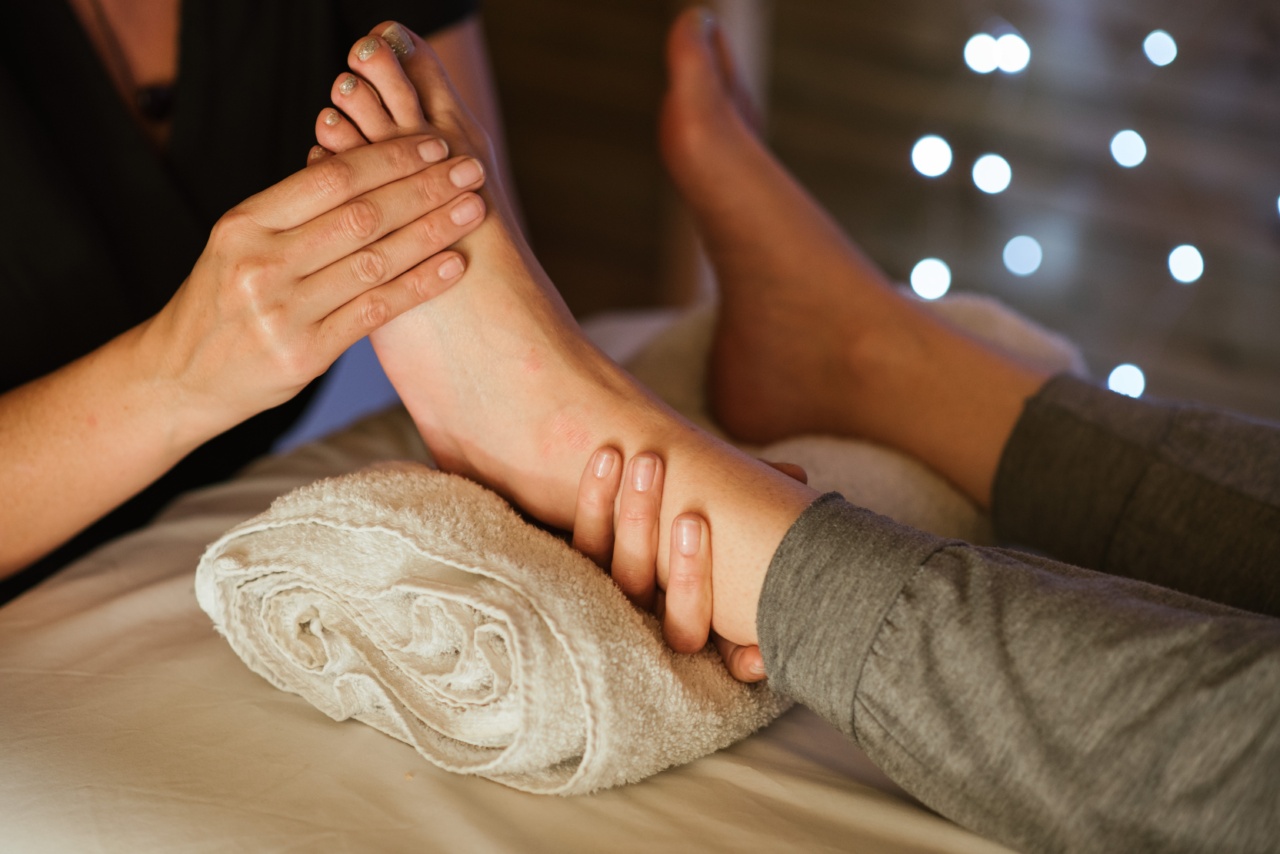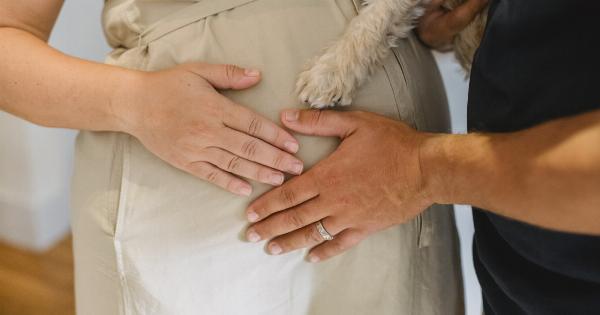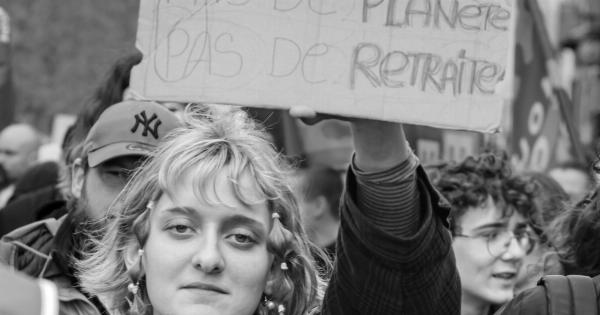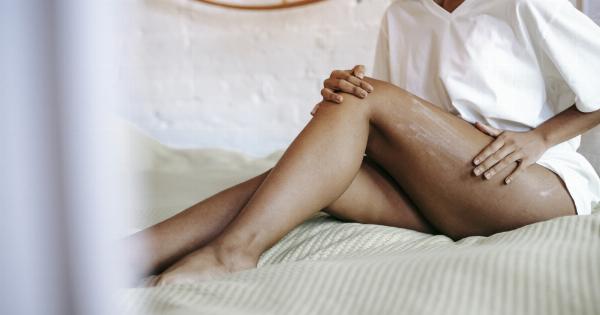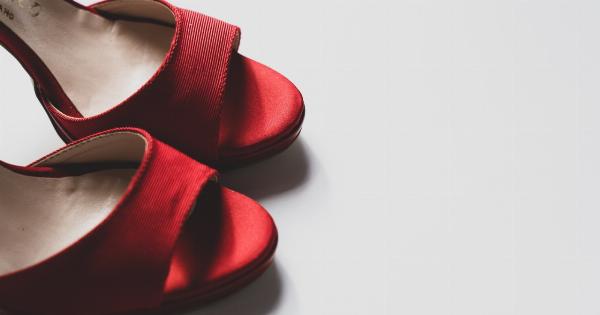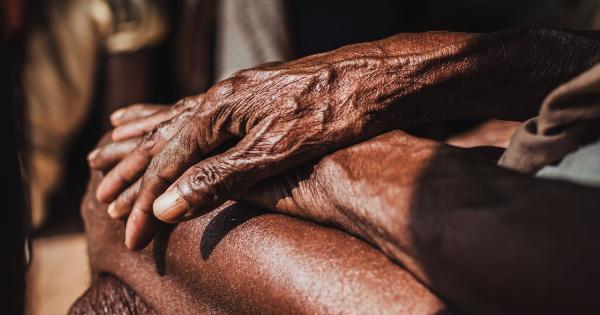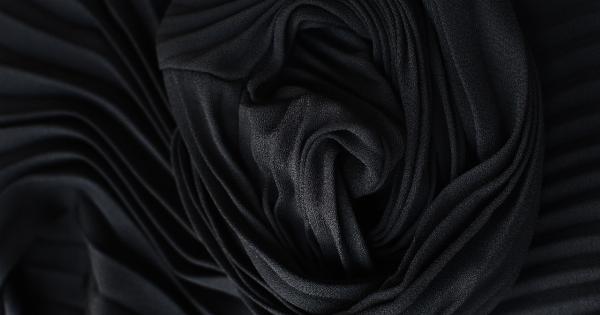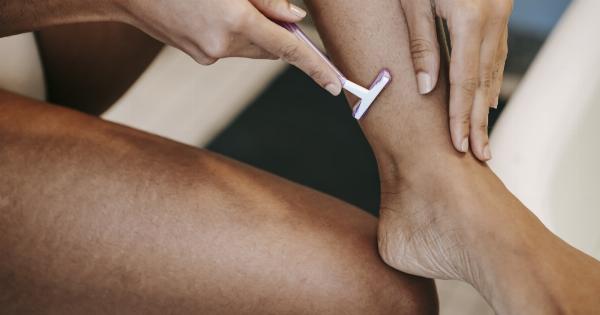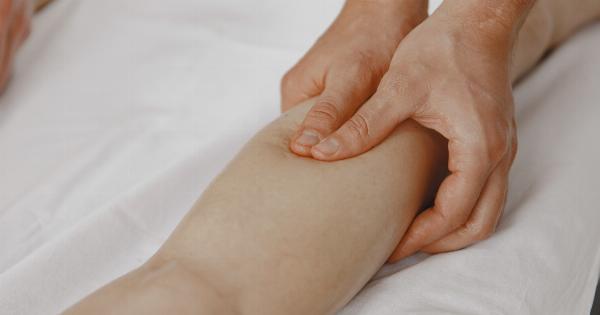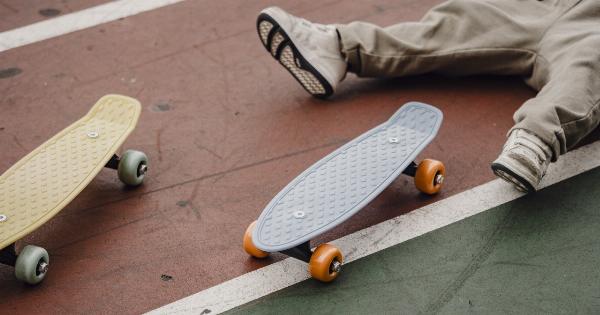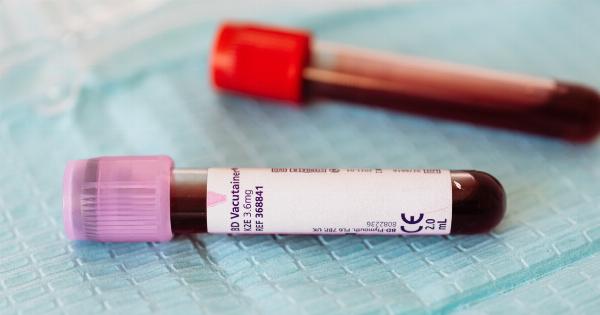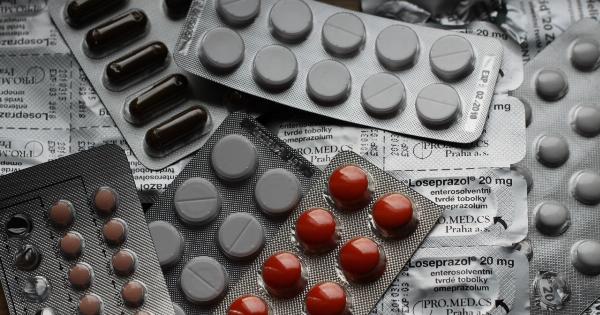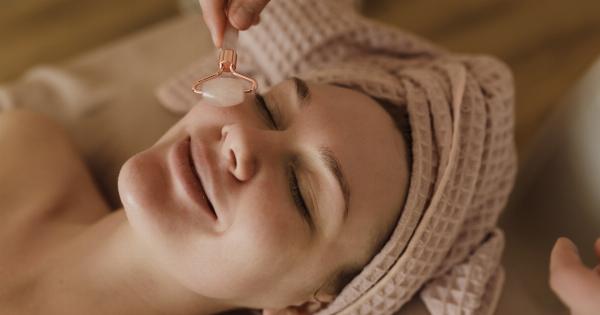Varicose veins are swollen and twisted veins that usually appear on the legs, but can also develop on the feet. They occur when the blood circulation in the veins is impaired and the valves fail to function properly.
As a result, the blood pools in the veins, causing them to stretch and become visible beneath the surface of the skin. Varicose veins are a common condition that affects millions of people worldwide, and they can cause discomfort, pain, and a general feeling of heaviness in the legs.
Causes of Varicose Veins in Feet
The exact cause of varicose veins in feet is not known, but there are several factors that can increase the risk of developing them. These include:.
- Age: As people grow older, the veins in their feet and legs can weaken, making them more susceptible to varicose veins.
- Gender: Women are more likely than men to develop varicose veins, as hormonal changes during pregnancy and menopause can affect the veins in the feet and legs.
- Obesity: Excess weight can put pressure on the veins in the feet and legs, causing them to become enlarged and distorted.
- Standing or sitting for long periods: People who stand or sit for long periods of time are at greater risk of developing varicose veins, as this can cause the blood to pool in the feet and legs.
- Family history: The risk of developing varicose veins is higher in people with a family history of the condition.
Symptoms of Varicose Veins in Feet
Varicose veins in the feet can cause a range of symptoms, including:.
- Swollen and twisted veins that are visible beneath the skin
- Aching and pain in the feet and legs
- Heaviness and discomfort in the feet and legs
- Tingling or numbness in the feet or toes
- Burning or itching around the veins
- Weakness in the legs
Treatment Options for Varicose Veins in Feet
There are several treatment options for varicose veins in the feet, including:.
- Compression stockings: These are specially-designed stockings that help to improve blood flow in the legs and feet. They work by applying pressure to the veins, which helps to reduce swelling and improve circulation.
- Sclerotherapy: This involves injecting a solution into the affected veins, which causes them to collapse and form scar tissue. This scar tissue then seals the veins, preventing blood from flowing through them.
- Laser therapy: This uses a laser to heat and seal the affected veins, causing them to collapse and be absorbed by the body.
- Surgery: In some cases, surgery may be required to remove the affected veins. This is known as vein stripping, and involves making small incisions in the skin and removing the affected veins.
It is important to note that treatment for varicose veins may not be necessary if they are not causing any symptoms or complications.
However, if you are experiencing discomfort or pain, or if the veins are affecting your quality of life, it is important to seek medical attention.
Prevention of Varicose Veins in Feet
There are several steps you can take to reduce your risk of developing varicose veins in the feet:.
- Exercise regularly: Regular exercise can help to improve circulation and reduce the risk of varicose veins.
- Avoid standing or sitting for long periods: If you have to stand or sit for long periods of time, try to take breaks and move around as often as possible.
- Maintain a healthy weight: Excess weight can put pressure on the veins in the feet and legs, increasing the risk of varicose veins.
- Elevate your feet: Elevating your feet above the level of your heart for 15-20 minutes several times a day can help to improve circulation and reduce swelling.
- Avoid tight clothing: Tight clothing can restrict blood flow, increasing the risk of varicose veins.
Conclusion
Varicose veins in the feet can be uncomfortable and unsightly, but there are several treatment options available.
If you are experiencing symptoms of varicose veins, it is important to seek medical attention to determine the best course of treatment for you.
